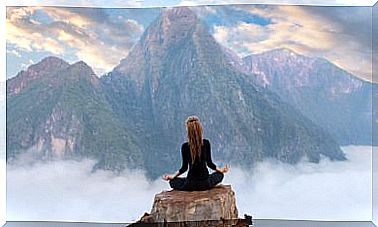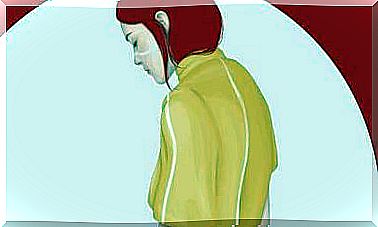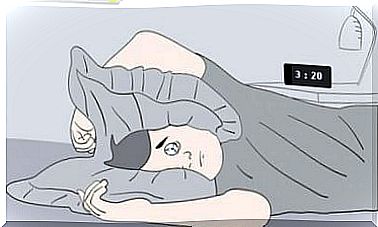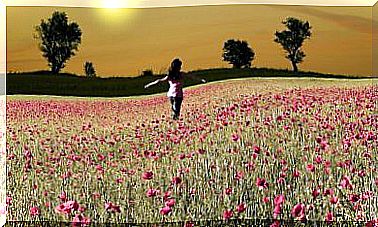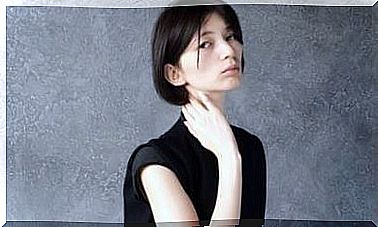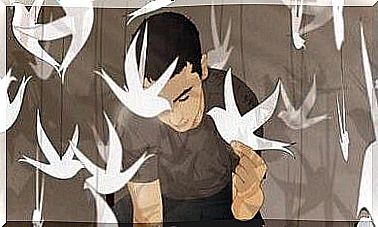The Red Book Or How Carl Jung Rescued His Soul
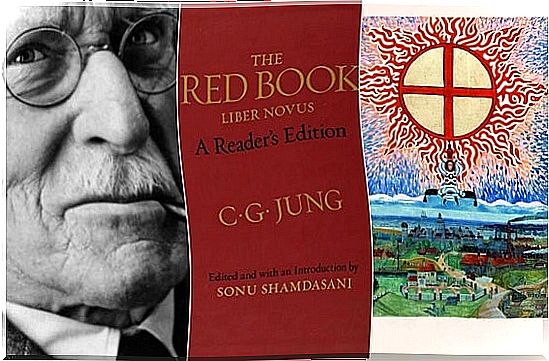
They say of Carl Jung’s Red Book that its pages contain the alchemy of a mind that aspired to travel to the underworld to rescue its soul. We are facing an enigmatic and fascinating intellectual legacy, the holy grail of the unconscious for many and for others, the work of a madman who at one point came to repudiate humanity.
If there is a mystery still to be solved in the world of psychology, it is the one referring to this manuscript that Carl Gustav Jung wrote between 1914 and 1930. It is an unfinished work, a book halfway between the prophetic, the mystical and the psychological; In addition, it has overwhelming illustrations, where the deities are confused with ancestral demons.
Few people venture to give a logical and rational explanation of what the father of analytical psychology intended with his Liber Novus . However, perhaps he did not intend anything, perhaps one should not look with scientific and objective eyes at a work that in reality, could have responded rather to a cathartic exercise, to a personal therapy with which he allowed his mental demons to run alone in a moment of existential crisis.
Maybe it was that and nothing more. However, one thing remains clear: after Jung’s death, the family suspiciously locked up this manuscript in a house in Kusnacht, in the suburbs of Zurich. No one was to approach such work, not even scholars or fellow Jungians. Later, in 1984, the Red Book or Liber Novus was transferred to a bank. It was not until 2009 when Ulrich Hoerni, Jung’s grandson, allowed its publication. A long-awaited event that left experts and laymen almost breathless and speechless …
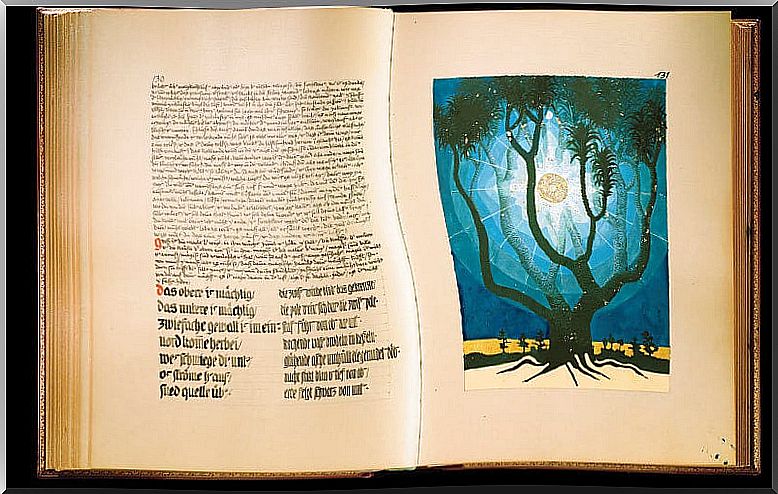
The Red Book of Jung, the work of a mind in crisis
This is one of the paragraphs from the first chapter of Carl Jung’s Red Book . For those who know his work, and have not yet approached this work, it should be said that the first thing they will experience is strangeness, contradiction and the sensation of having a wild world in their hands. It is almost like a bible of the sacred and the forbidden, bound in red leather and inhabited in turn by beautiful cream-colored scrolls flooded with golden letters.
It is interesting to note that at the time of its publication many Jungians, such as Andrew Samuels, were quick to clarify that Jung did not suffer from any mental disorder. There are those who venture to say that this work is nothing more than the result of a psychotic outbreak that Jung may have experienced after his disagreements with Freud.
It was not so. In reality, what Carl Jung was experiencing was a deep personal crisis and the beginning of a new stage in his life, the one that gave way to a later intellectual evolution. This manuscript began to be written in 1914, just at the end of the First World War, when this Swiss doctor and psychiatrist experienced a deep disappointment with humanity and an almost stark skepticism towards the scientific rationalism of his time.
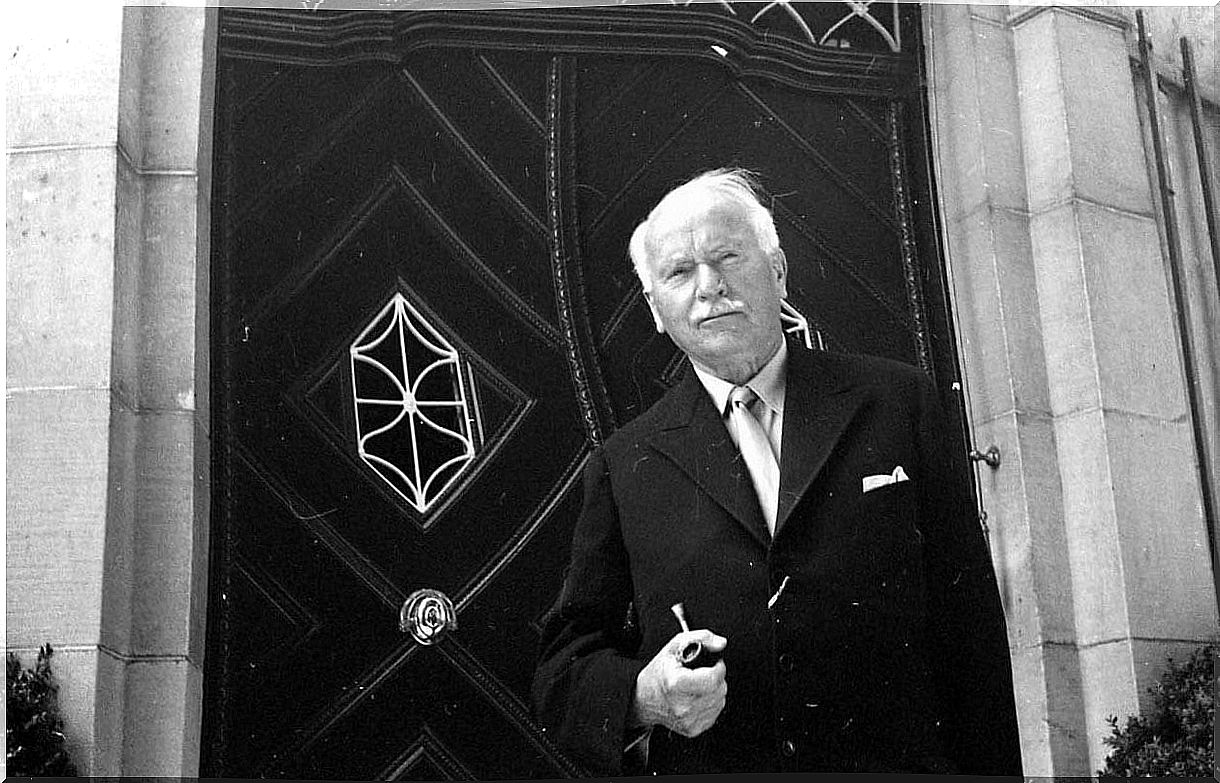
The cathartic purpose of the Red Book
The Red Book is above all an intimate diary. The difficulty that we find when it comes to unraveling all that network of symbols, world codes and self-alchemy therefore responds to the simple fact that no one can reel or dissect that body that makes up the mind of others, and more so if that mind is that of one of the best representatives of the dream universe.
In these pages, Jung was exploring his own psyche, his relationships with the unconscious and all that deep architecture where he, of course, was a privileged explorer. He used the psychonautical technique to shape each page, he did it with active imaginations shaped through meditation, where he allowed the images to flow, those that he later shaped into an illustration and a description.
Thus, and in this way, all that set of archetypes that he would later develop emerged, his murkier universes also emerged, and that shadow that we often do not want to recognize as our own, but that also shapes our authentic being.
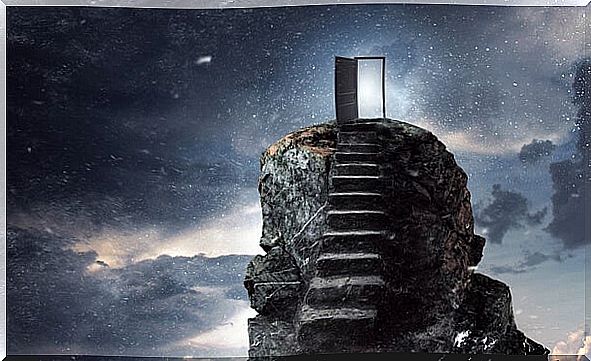
A curious and at the same time wonderful fact that happened as a result of the publication of the Red Book in 2009, was the fact that multiple testimonies came out of people who had been patients of Carl Jung. And they did understand the purpose of this work.
While some raised their hands to their heads before all that literary ocean inhabited by trees of wisdom, reptilian brains, devouring dragons or the kundalini serpent, others remembered an advice that Dr. Jung used to give them often:
A wise advice from a great teacher, whose shadow, in the form of an intellectual legacy, still delights and amazes us.
